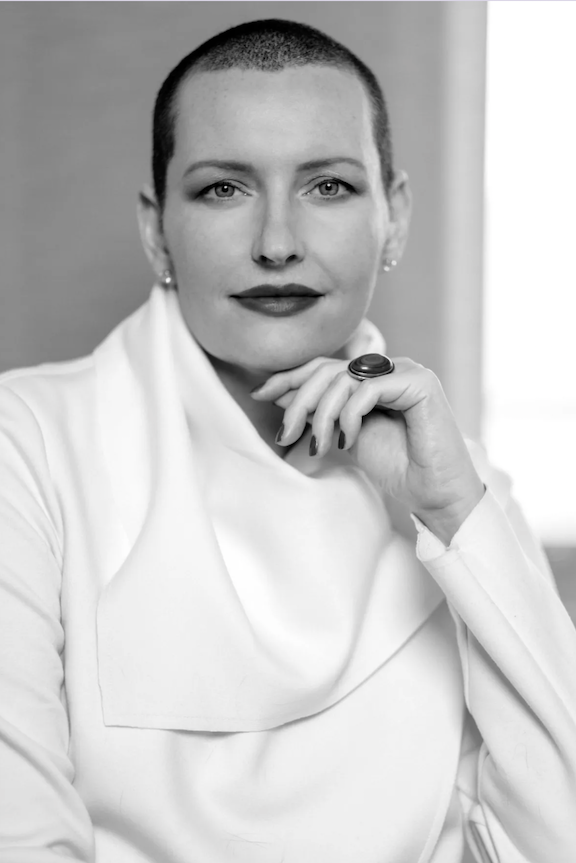Arabella Proffer
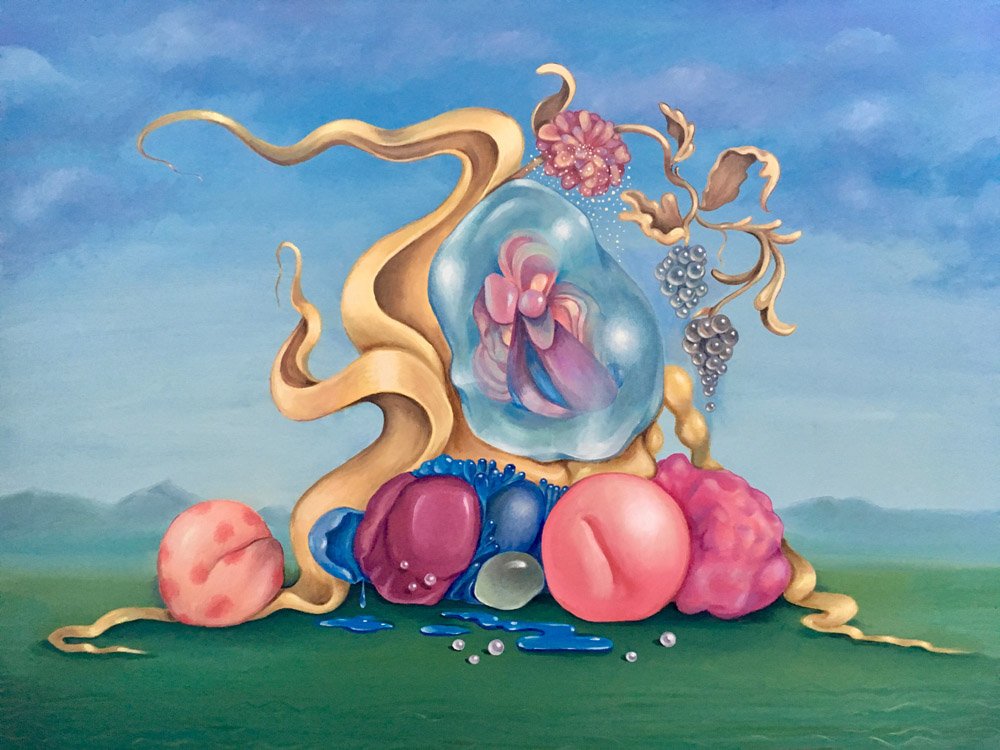
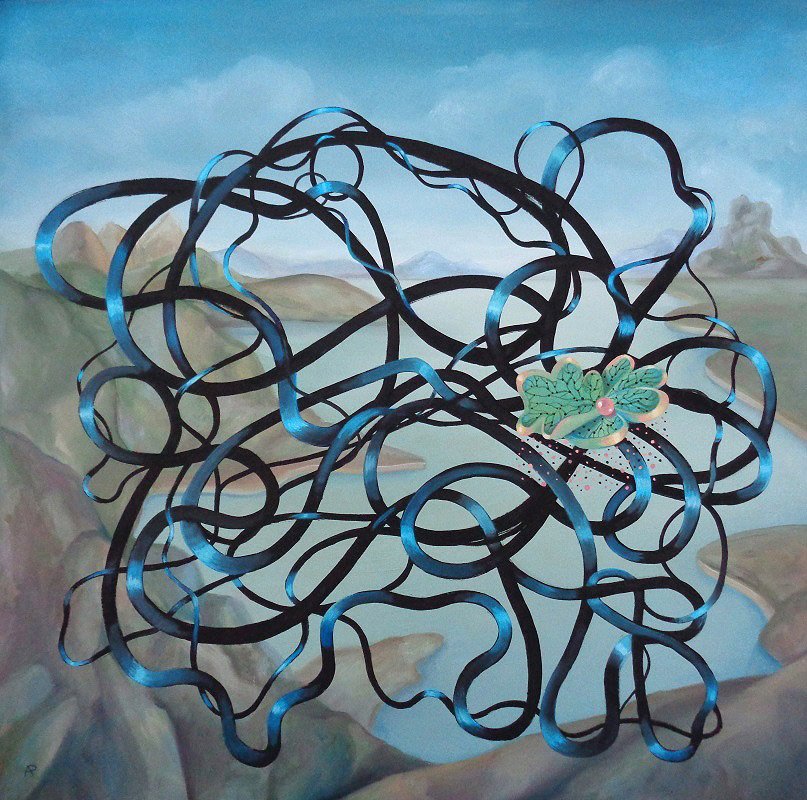

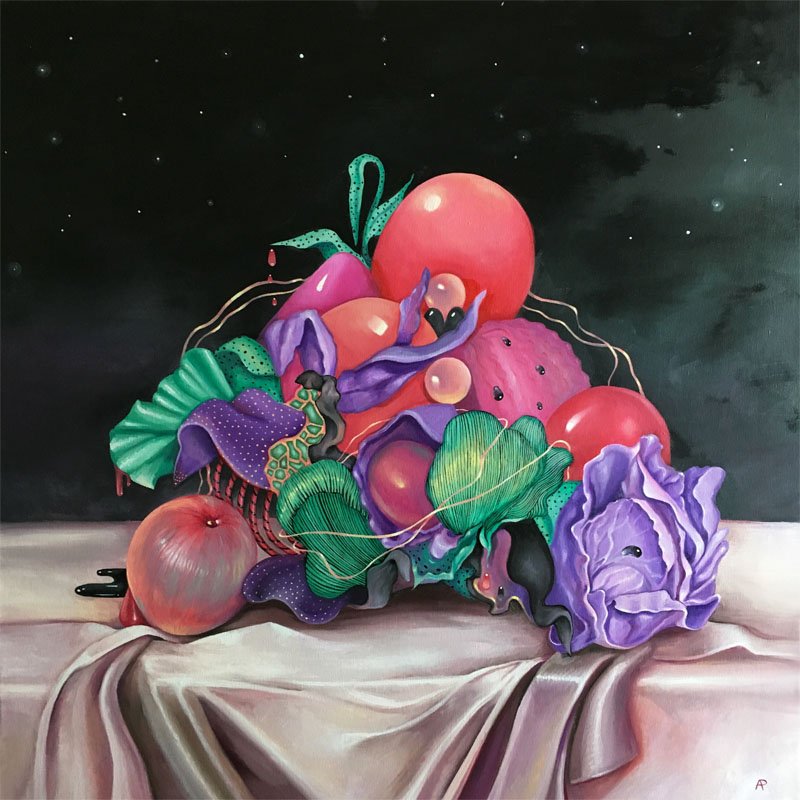
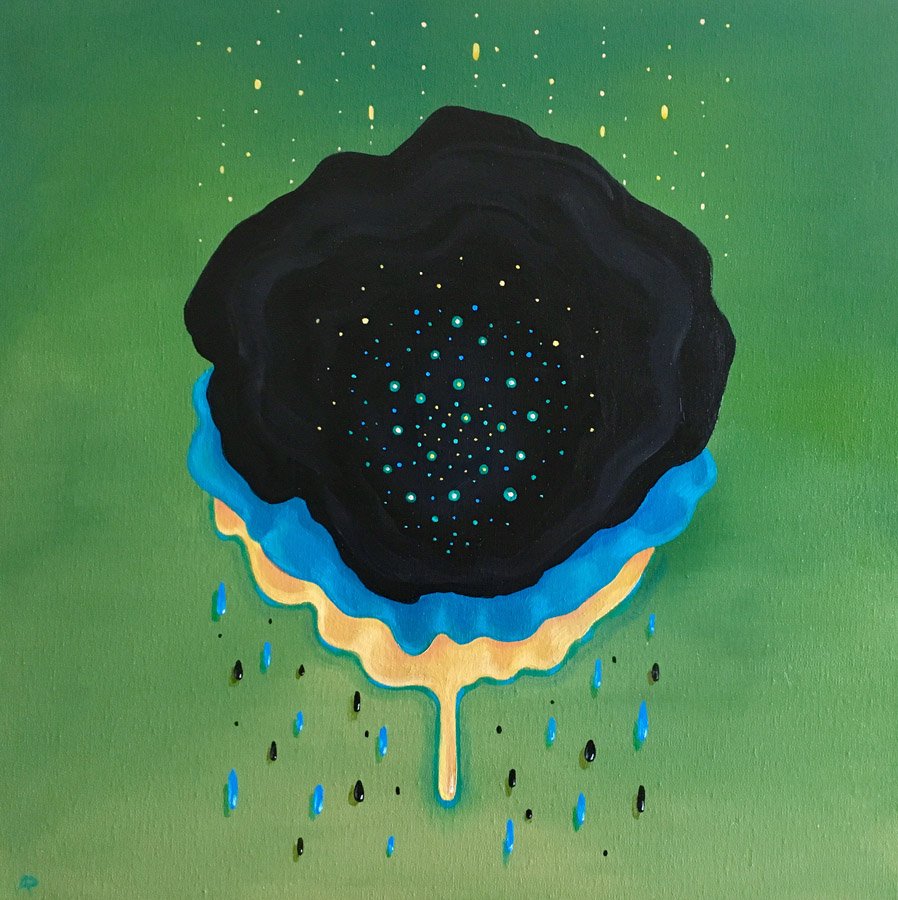
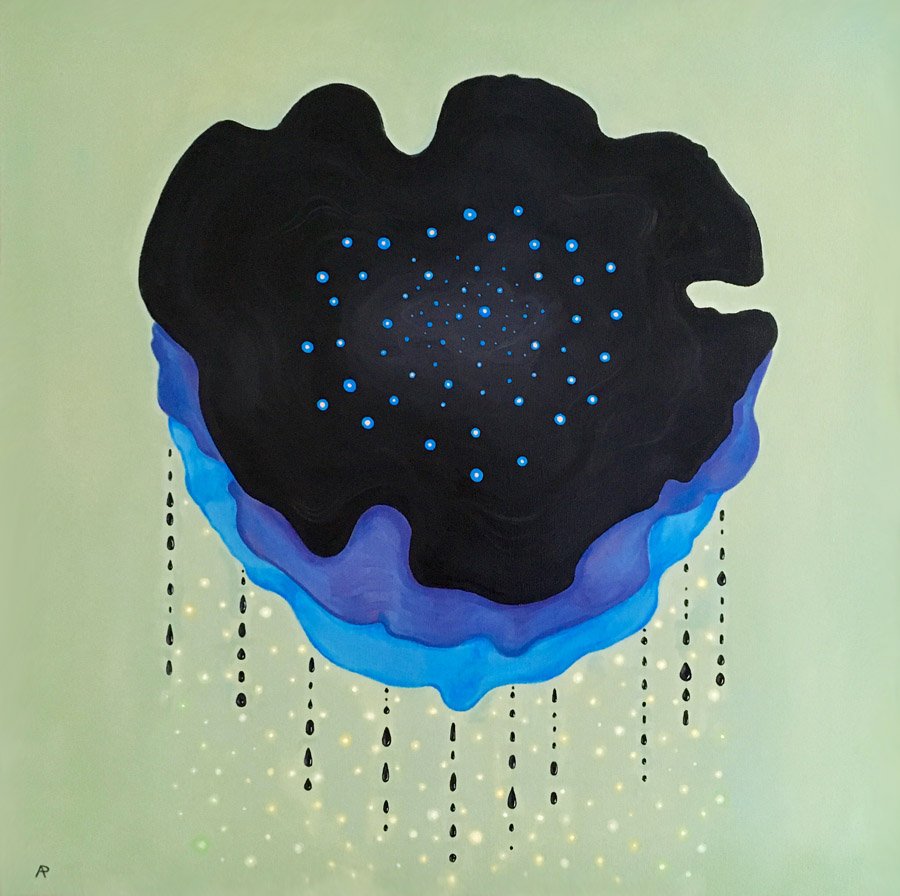

Can you believe this artist also paints pop surrealist portraits?! Ohio based Arabella Proffer is a painter and author whose loose narrative themes revolve around the history of medicine, psychedelic visions, and biomorphic organisms. She delves into the practice of oil painting tying together its relationships to anatomy, biology and emerging sciences. She attended Art Center College of Design in Pasadena, CA before receiving her BFA from California Institute of the Arts. Proffer’s impressive CV includes having her work is in over 60 private collections, and she participates in solo and group exhibitions throughout North America, Europe, the Middle East, and Australia. Her book The National Portrait Gallery of Kessa: The Art of Arabella Proffer was published in 2011 by Cooperative Press. She was awarded an Ohio Arts Council grant in 2016, and an Akron Soul Train Fellowship in 2019.
While these color filled surreal dreamscapes drew us in instantly, we learned there was a dark foreshadowing to this series.
Proffer shares more:
My work changed drastically one day in 2010 when I found myself creating surreal organic environments. Although I started from a place of abstraction, they became filled with strange hybrids of flowers, cells, and symbols that appeared like organisms from another planet. It was only later that I found out I had cancer crawling through my body at an alarming rate. When my doctor showed me the scans of the tumor, and close-ups of the cells, it looked almost identical to what I had been painting – tentacles and all. A new fascination with the macro universe and micro universe was born. This was a major departure for me after 12 years of exhibiting as Pop Surrealist portrait artist.
This series brings together my interests in botany, microbiology, monsters, space, disease, and the evolution of cells. Within those interests, I explore the particular roles that organisms, medicine, DNA, and hybrids play, all while creating from my own imagination and instinct. Shaping aesthetic outcomes of these paintings doesn’t come from research or re-creating what already exists; I create my own nature within these little worlds. If cells and viruses can look beautiful when magnified, I wonder what organisms on other planets look like? Is there something bigger we are a part of? What will these cells look like 10 days later – what about 10 million years later?
I’m mostly concerned with answering these questions for myself. I don’t like to analyze or diagnose too much because creating something the viewer interprets with their own ideas is part of the experience. Invertebrates, flowers, human organs all come from the same natural process at the core, and visualizing their fictional evolution at any given stage is the most enjoyable part of creating for me.
Do you, like us, need more? Fine her online at her website and Instagram
Photo by Jef Janis 2022
More on the blog:

